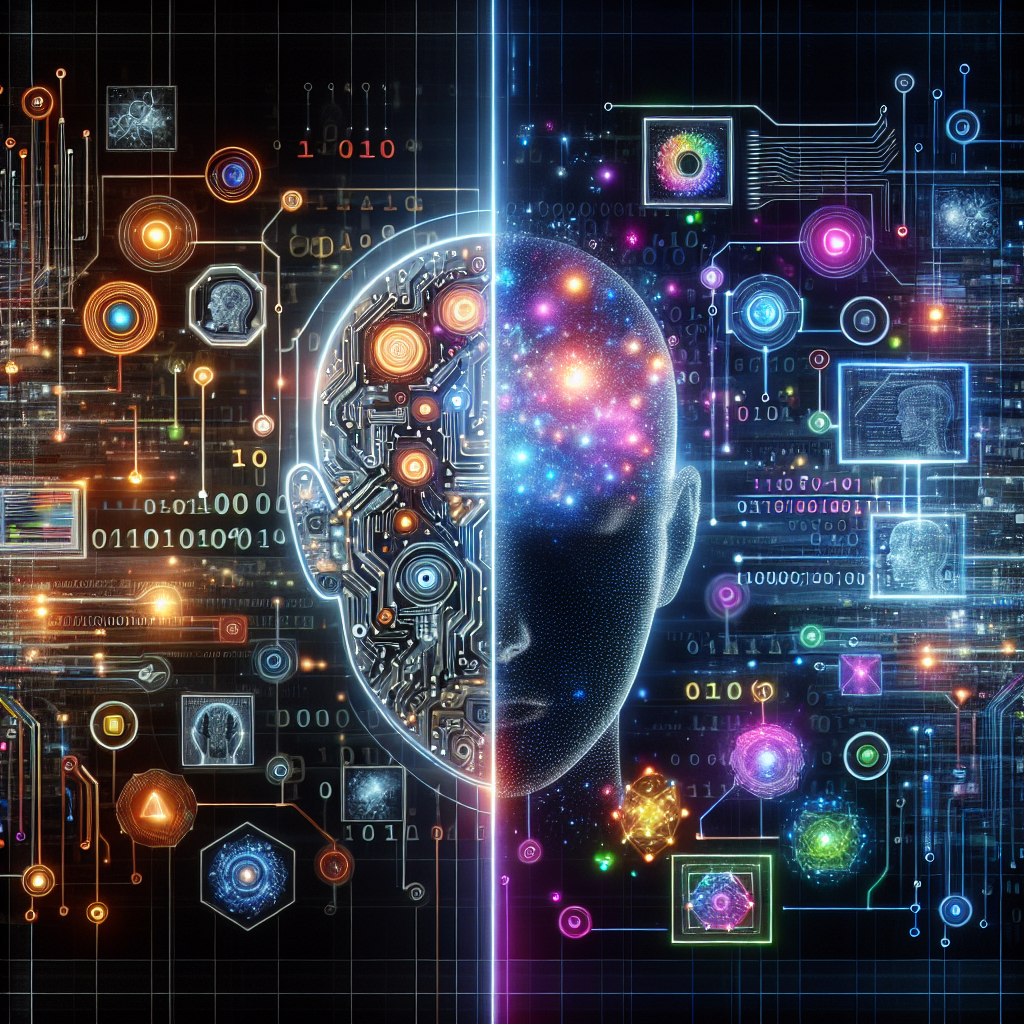Artificial Intelligence (AI) and Augmented Reality (AR) are two cutting-edge technologies that are rapidly transforming the world of marketing. These technologies are revolutionizing the way brands engage with consumers by providing personalized, interactive, and immersive experiences. In this article, we will explore the future of experiential marketing with AI and AR, and how these technologies are reshaping the way brands connect with their customers.
Experiential marketing is all about creating memorable and engaging experiences for consumers. It goes beyond traditional advertising and focuses on creating immersive experiences that leave a lasting impression. With the rise of AI and AR, brands now have the opportunity to create highly personalized and interactive experiences that resonate with consumers on a deeper level.
AI is a powerful tool that enables brands to analyze vast amounts of data and gain valuable insights into consumer behavior. By leveraging AI-powered analytics, brands can better understand their target audience and create more personalized marketing campaigns. AI can also be used to automate tasks such as customer service, lead generation, and content creation, allowing brands to focus on creating more engaging experiences for consumers.
Augmented Reality, on the other hand, allows brands to overlay digital content onto the physical world, creating interactive and immersive experiences for consumers. AR technology has been increasingly used in marketing campaigns to provide consumers with a more engaging and interactive experience. By using AR, brands can create virtual try-on experiences, interactive product demonstrations, and gamified experiences that capture the attention of consumers and drive engagement.
One of the key advantages of AI and AR in experiential marketing is their ability to provide a personalized experience for consumers. AI can analyze consumer data in real-time and provide personalized recommendations based on individual preferences and behavior. AR can overlay personalized content onto the physical world, creating a unique and tailored experience for each consumer. By combining AI and AR, brands can create highly personalized and interactive experiences that resonate with consumers on a deeper level.
Another advantage of AI and AR in experiential marketing is their ability to create immersive and interactive experiences that capture the attention of consumers. Traditional advertising methods are becoming less effective as consumers are bombarded with ads on a daily basis. AI and AR provide brands with the tools to create engaging and interactive experiences that stand out from the crowd. By using AI-powered analytics to understand consumer behavior and AR technology to create immersive experiences, brands can capture the attention of consumers and drive engagement.
In addition to creating personalized and immersive experiences, AI and AR also provide brands with valuable data and insights into consumer behavior. By analyzing consumer data in real-time, brands can gain a deeper understanding of their target audience and tailor their marketing campaigns accordingly. AI can also be used to track consumer interactions with AR experiences, providing brands with valuable insights into consumer engagement and preferences. By leveraging AI and AR, brands can gain a competitive edge in the market by creating more targeted and effective marketing campaigns.
The future of experiential marketing with AI and AR is bright, with brands increasingly adopting these technologies to create more engaging and interactive experiences for consumers. As AI and AR continue to evolve, we can expect to see even more innovative and immersive marketing campaigns that push the boundaries of traditional advertising. Brands that embrace AI and AR in their marketing strategies will be able to create highly personalized and interactive experiences that resonate with consumers and drive engagement.
FAQs:
Q: How can brands use AI and AR in experiential marketing?
A: Brands can use AI to analyze consumer data and gain valuable insights into consumer behavior, allowing them to create more personalized marketing campaigns. AR can be used to create interactive and immersive experiences that capture the attention of consumers and drive engagement.
Q: What are some examples of AI and AR in experiential marketing?
A: Some examples of AI and AR in experiential marketing include virtual try-on experiences, interactive product demonstrations, and gamified experiences that engage consumers and create memorable experiences.
Q: How can AI and AR help brands create personalized experiences for consumers?
A: AI can analyze consumer data in real-time and provide personalized recommendations based on individual preferences and behavior. AR can overlay personalized content onto the physical world, creating a unique and tailored experience for each consumer.
Q: What are the benefits of AI and AR in experiential marketing?
A: The benefits of AI and AR in experiential marketing include creating personalized and immersive experiences, capturing the attention of consumers, gaining valuable data and insights into consumer behavior, and creating more targeted and effective marketing campaigns.
In conclusion, AI and AR are transforming the world of experiential marketing by providing brands with the tools to create personalized, interactive, and immersive experiences for consumers. By leveraging these cutting-edge technologies, brands can engage with consumers in new and innovative ways, creating memorable experiences that drive engagement and loyalty. The future of experiential marketing with AI and AR is bright, and brands that embrace these technologies will be able to stand out in a crowded market and connect with consumers on a deeper level.

